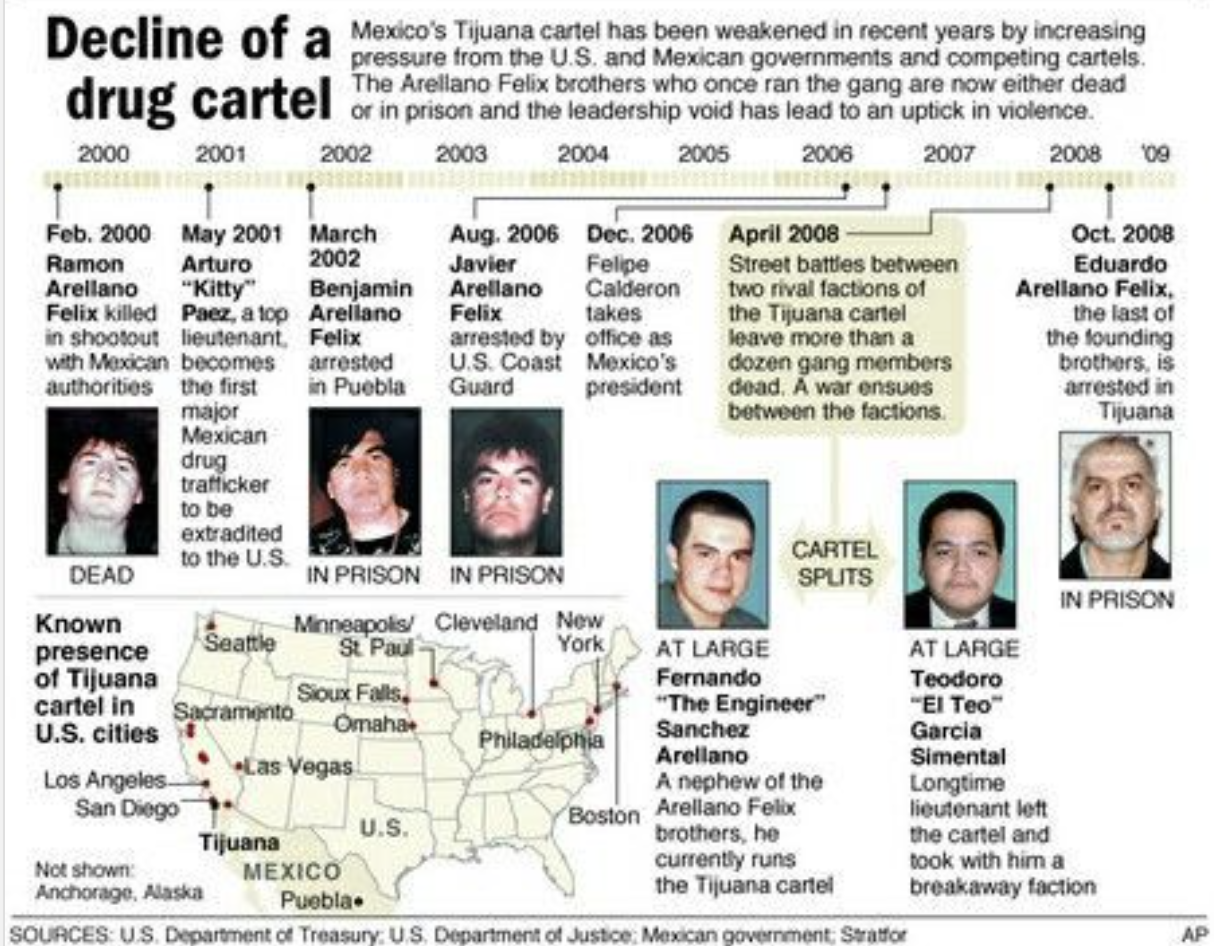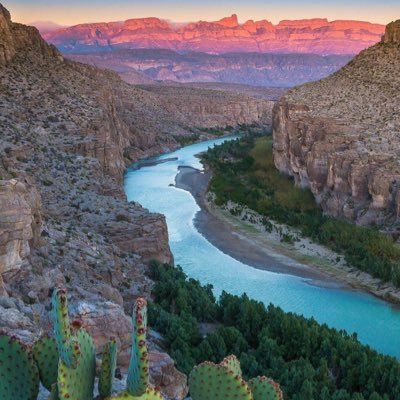LAS VEGAS, Nevada (Proceso) - The orders received by the Baja California Ministerial Police Task Force in 2007 were unequivocal: terminate the Arellano Félix brothers' criminal organization and protect the Sinaloa cartel's people, the only surviving member of the Task Force told Proceso.
"Deputy Attorney General Victor Felipe de la Garza Herrada from the Organized Crime Division briefed us and said that the orders came from Mexico City, from the top level of the Secretariat of Public Security" (SSP) of the Mexican federal government.
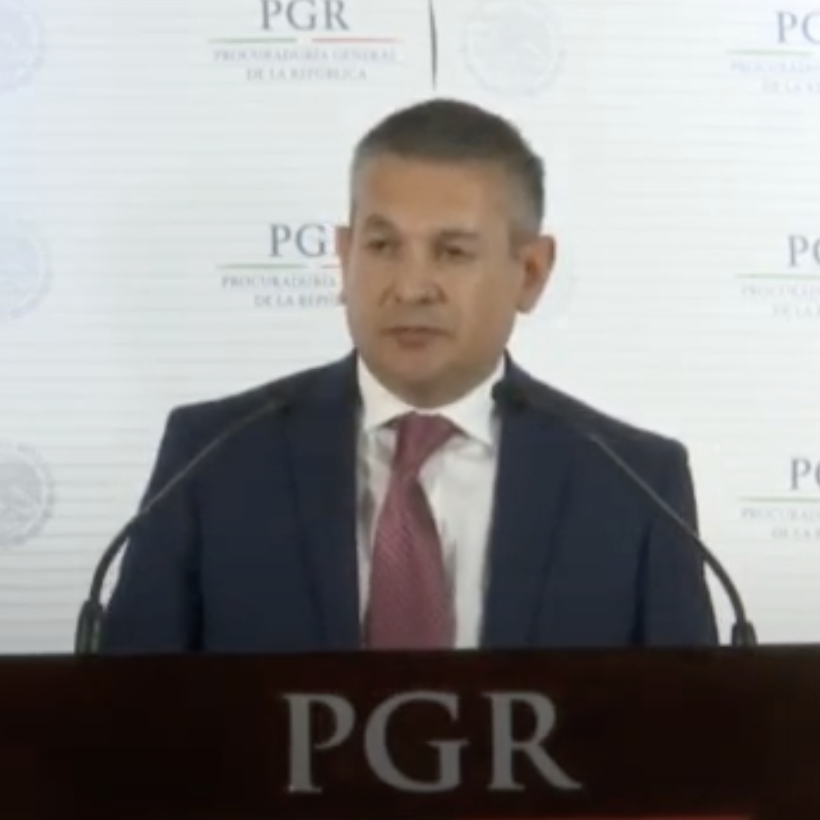
"De la Garza Herrada, codename 'Lima 1', told us that he was not receiving orders from Governor Eugenio Elorduy Walther (PAN), but directly from the SSP, from Secretary Genaro García Luna," the former member of the Baja California Task Force recalled.
Youthful and nearing 40, the subject of this interview has since left Baja California and Mexico to avoid being eliminated like the rest of his colleagues from the Task Force, later designated the Specialized Unit Against Organized Crime (UECCO). He recounted everything they did in Tijuana and Mexicali to "wipe out" the Arellano Félix organization and give the Sinaloa cartel carte blanche in the region.
"We were one of two classes from the academy that joined the Task Force created by the PAN governments (President Felipe Calderón at the federal level and Governor Elorduy Walther at the state level); they gave us special training and we almost always operated in plain clothes," he recalled.
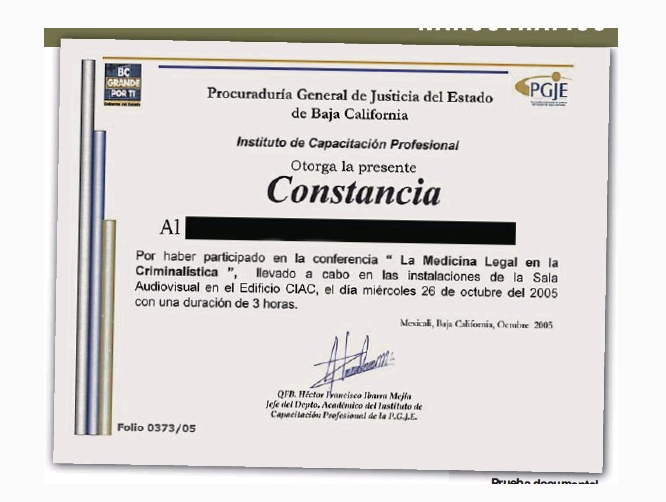
As proof of his past assignment and the operations he carried out, the former cop provided Proceso with official documents issued by the government of Baja California that accredited him for duty, and certificates of recognition for his work, as well as signed and sealed documents about federal depositions in the Altiplano Maximum Security Prison in the State of Mexico.
The former officer spoke with Proceso on condition of anonymity fearing reprisals against his life and the lives of his family.
Command structure
"I joined the Task Force in 2004, but there was a previous class that was in the Kidnapping Division; we received specialized military training," said the former cop who quit the force in 2009 after realizing that his life in Mexico was in danger.
Sitting on a bench in a public square for this interview, the former officer affirmed that the Task Force was trained to operate against the Arellano Félix organization by three members of the Airborne Special Forces Group (GAFES) of the Mexican Army.
"They trained us for six months in Tecate; we were all pretty young," said the man who after resigning from the UECCO began working in Baja California as an informant for the Drug Enforcement Administration (DEA) and other U.S. federal agencies.
"I also worked with ATF [Bureau of Alcohol, Tobacco, Firearms and Explosives] buying weapons in the United States: AK-47s, AR-15s, .50 caliber rifles, military weapons. I bought them on the black market so that the American agents could arrest the people that trafficked them to Mexico; they wanted to give the impression that they were doing something," he added.
His work as an informant for U.S. agencies paid off. His experience in Tijuana and Mexicali working undercover made it easier for him to leave Mexico and start a life in the United States.
The subject of this interview described the chain of command that operated during the Calderon administration, allegedly on the orders of García Luna, in favor of the Sinaloa cartel in Baja California: Elorduy Walther; in the Mexican capital, 'licenciado Lima' [Lima attorney-at-law], codename "Lima Lima", who held the same level of authority as the governor, codename "Lima 1"; Alonso Ulises Méndez Gómez, coordinator of the UECCO, codename "Lima 2"; Commander Salvador Salas Landaverde; the incumbent public prosecutor Luis Felipe Chan Baltazar; other public prosecutors identified as licenciado Angel Vizcarra, licenciada Clara, licenciado Chinchorro; Martin Guzman Montelongo, "El Caballo", head of the Homicide Division; "Navarrete", head of the Kidnapping Division; and below them, the plainclothes special agents.
"All the arrests we made were people belonging to the Arellano Félix organization, which was led at the time by Francisco Arellano Félix, aka 'El Tigrillo', and Jorge Briseño Lopez, aka 'El Cholo'," said the former police officer.
Under commander Salvador Salas Landaverde, the UECCO was specifically tasked with clearing a path into Baja California for the Sinaloa Cartel, the factions led by Ismael "El Mayo" Zambada García and Joaquin "El Chapo" Guzman Loera in particular, according to the former officer.
"The commander was accountable only to the governor and 'Lima Lima', the lawyer in Mexico City, who told us that he was the principal liaison of the SSP in the matter," the former member of the Task Force said.
He never learned the first name of the chief who operated from the capital, but acknowledged that "'Lima Lima' was the highest ranking and he reported directly to García Luna exclusively rather than Mexico's Attorney General or the governor or attorney general of Baja California."
Torture Center
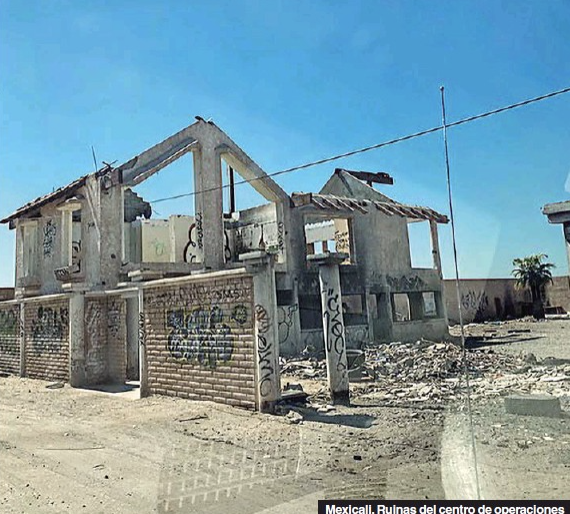
The UECCO plainclothes agents' base of operations was a safe house (ordered demolished at the end of García Luna's tenure in charge of the SSP) located at an unnumbered address in Mexicali on 55th Street on the corner of Lázaro Cárdenas Boulevard in the Hidalgo neighborhood, ZIP code 21090.
"In our headquarters there were holding cells, torture chambers and facilities with technical equipment for intercepting telephone calls and tracking location with satellite data."
According to the subject of this interview, all the associates of the Arellano Félix organization captured by the Task Force ended up at this safe house.
The former cop explained that agents with the Task Force were on call 24 hours a day, seven days a week. "They paid us well, about $25,000 pesos [approximately $2,200 USD at the time] per month; it was all federal funds. We had an unlimited budget. We had four armored vans. De la Garza Herrada had two armored cars, a blue Tahoe and a gray one, he had a personal security detail with him at all times."
"The detainees were tortured with plastic bags, sometimes they were wrapped in plastic sheets. They were restrained on the ground and then a plastic bag was placed over their heads to suffocate them. Sometimes they'd stomp on their stomach," he recalled.
The former officer paused to emphasize the level of sadism that Garcia Luna allowed his personnel to use against the enemies of the Sinaloa Cartel.
"They were masterly at torture, Salas Landaverde and De la Garza Herrada. De la Garza Herrada especially. He was a complete psychopath. I can tell you that because I saw him, he actually enjoyed torturing people with plastic bags and other horrible methods."
"After our time in Baja California, they were hired in Aguascalientes, Chihuahua, Sonora and I don't know where else," explained the former cop, who shuddered recalling the torture with the plastic bag. He confided that they also tortured him.
The former agent maintained that during the years he was a member of the Task Force, although they also arrested drug traffickers from other organizations, human rights were violated and murders were committed on the direct orders from the SSP to help the Sinaloa Cartel.
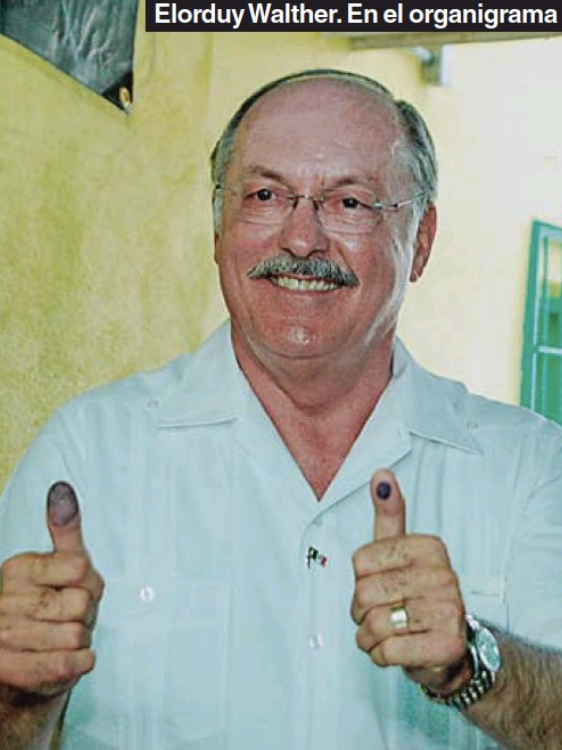
"They applied the law in violation of the law and they were doing it all to protect and defend a cartel," the subject said during the interview.
The special intelligence and military training that the former agent received is evident in the way he acts and observes his surroundings, perhaps fearful for his safety. The interview was conducted in a public, open place, but he constantly looks over his shoulder. He has his back to a wall so that no one surprises him from behind.
"A lot of money was also handled; every time we arrested someone they gave us money, depending on who was arrested, but regularly it was between $20,000 and $50,000 dollars; they also asked for money for Chan Baltazar and for Salas Landaverde," he said.
Repentance
The former agent admitted that his motive for giving an interview was a desire for atonement, which led him to seek out Proceso to describe what he did, although several years have elapsed.
"When Salas Landaverde called us to a meeting at the safe house for special cases, no matter what time it was, we had to arrive disguised with the operational attire, which was a black and gray military uniform with the SCDO (Deputy Attorney General - Organized Crime Division) insignia.
"We were always on our way to hit some corner. Sometimes there were bullets, sometimes not. The truth is that the narcocorridos aren't true. These dudes don't always stick around; when they see these convoys they don't stick around. A lot was said about the Arellano Félix people, but in most cases they surrendered. In order to leave no trace, UECCO didn't keep the members of the Arellano Félix organization in Tijuana after they were arrested in the border city."
"We would take them to Mexicali, to the safe house in the Hidalgo neighborhood and directly to the torture room on the second floor. Salas Landaverde always focused on the torture and asking them which agents were working with them; names… names. After kicking their ass and getting the information out of them, SEIDO would take them to Mexico City. All this was done within 72 hours, they were quickly sorted out, they were forced to sign their statements blindfolded and we took them to the airport, where the SEIDO plane was already waiting for them. In the years that I worked with my group, we probably detained over a hundred people. All members of the Arellano Felix network, none of them from the Sinaloa cartel. Everything we did was illegal, any of us could have been arrested.
To corroborate his account, the former officer provided Proceso with original document number 2043, dated June 21, 2007, corresponding to the criminal case against Héctor Adrián Gutiérrez Elenes, aka "El Cachorro", and others for the charges of organized crime; about a deposition carried out at the CERESO No. 1, El Altiplano, in Almoloya de Juárez, Mexico State.
Salas Landaverde was strict and clear with the UECCO agents who were under his orders and in compliance with the instructions he received from the SSP through De la Garza Herrada: do not touch the Sinaloa drug traffickers and annihilate the Arellano Felix Cartel.
According to the former agent: "When we ended up stopping people from Sinaloa or we had an investigation going, Salas Landaverde would call us and tell us: 'Hey, assholes, that's a 98!' which means: 'let them go.' One time—I mention this because I had very good informants, better informants than theirs, friends of mine—I was investigating a Sinaloa narco who was independent, a "pierced ear", he wasn't with the Sinaloa cartel, it was a case of "An informant told me about a jackpot that was coming, $6o,000 dollars. Fuck 'em, they're a couple of faggots', that's what he told me. I have nothing against people who are gay by the way; and I told him it was cool but I never took a step without wearing shoes, so to speak, and I told my bosses what I was going to do. I stopped them, but as soon as I stopped them, Salas Landaverde arrived and so did my informant. Salas Landaverde went against my informant, he interrogated him about who these two dudes were with, about the murders of the Arellano Félix people, and when he realized that they weren't the people they were protecting, he kept the money and let them go. If they had been from the Sinaloa Cartel, he would have let them go with all the money, because the orders from the SSP were very clear: 'Don't.'" The former Mexican agent and U.S. federal informant was regretful, he maintained that he was not coerced and assured that he never found out the name and surname of 'Lima Lima', the shadowy character who together with Elorduy Walther and De la Garza Herrada dictated the orders that came from García Luna.
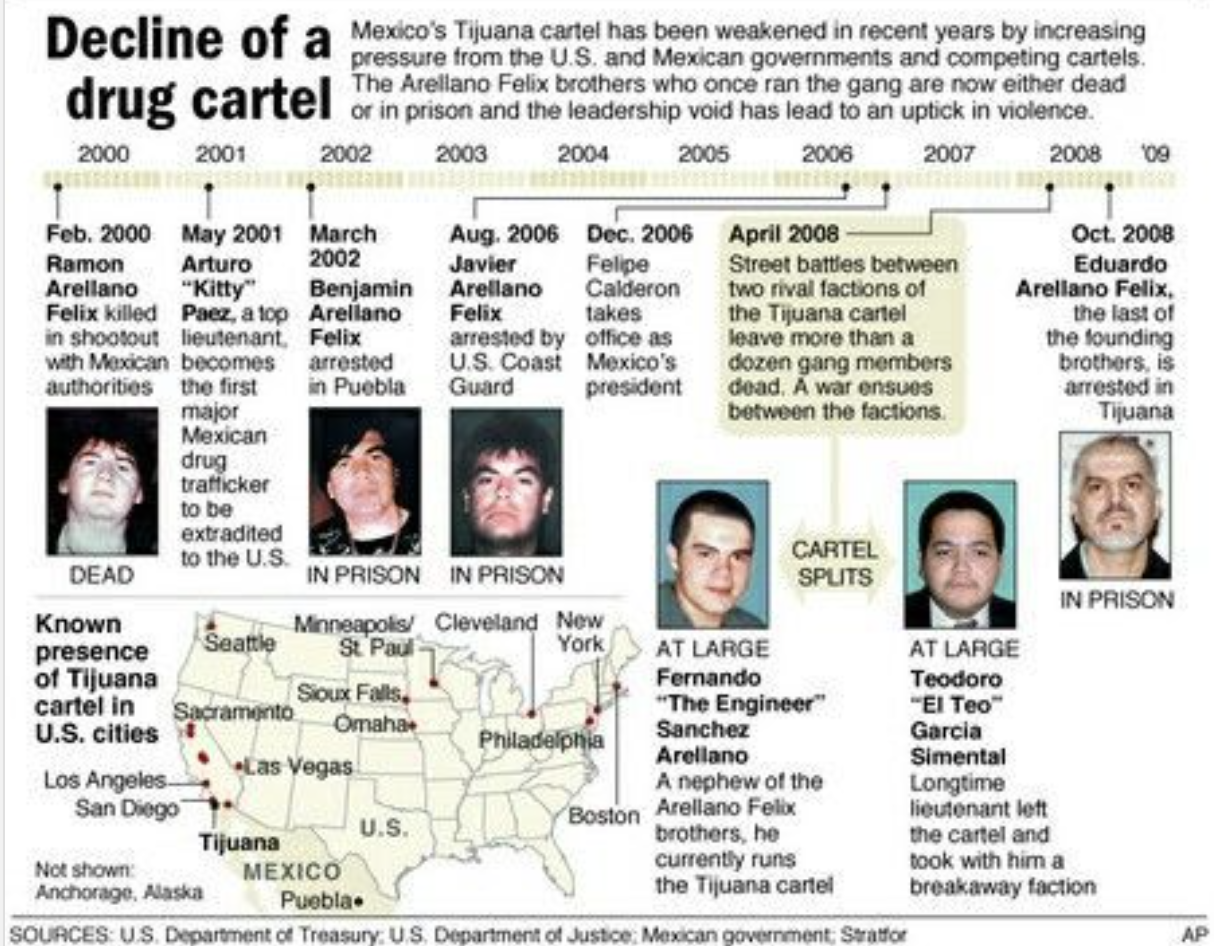
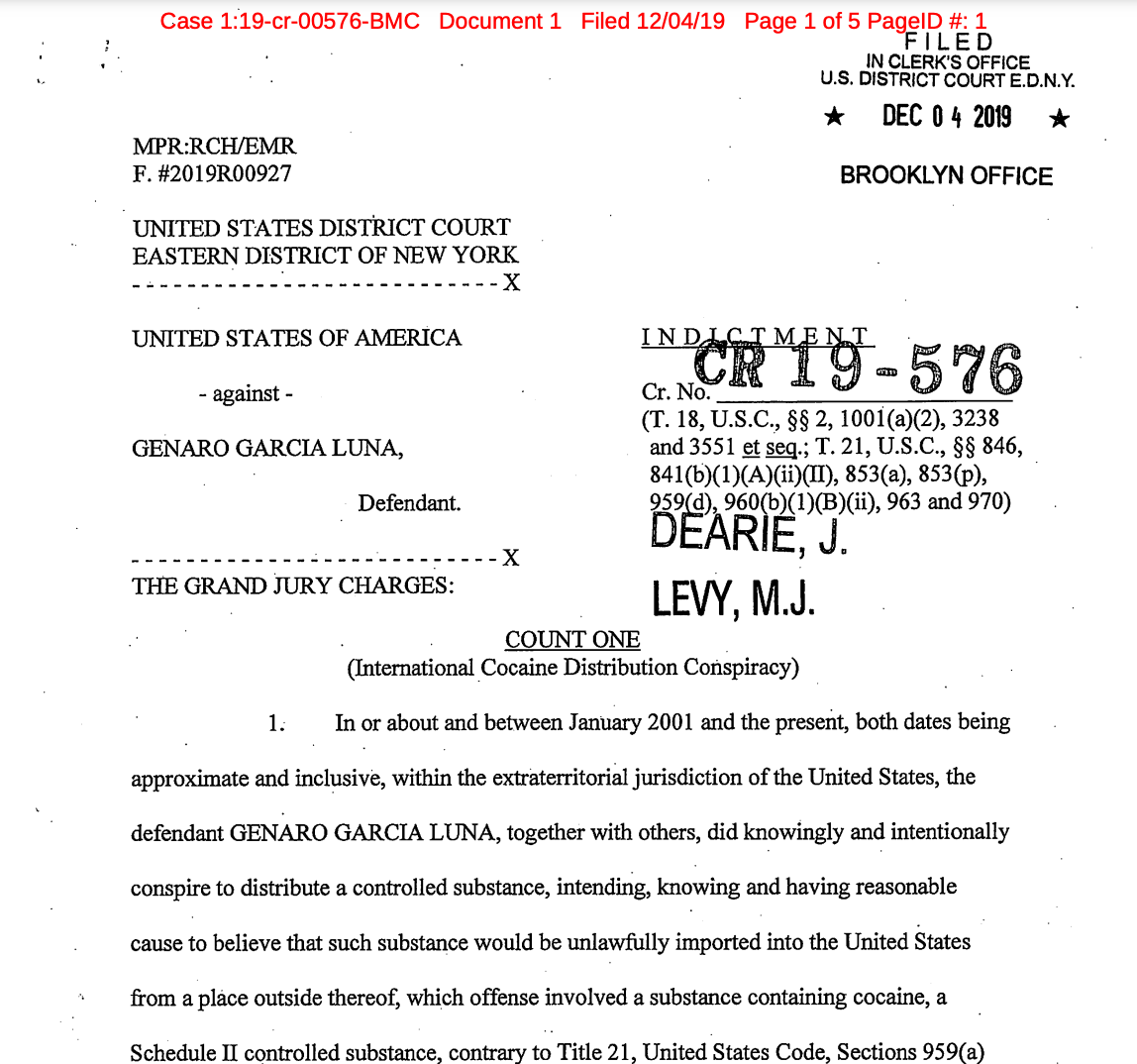
"I saw him in person when he went to Mexicali, but obviously he was the proxy for García Luna. We had a budget most people would kill for, the best weapons, everything; we were a group without limits," he added.
He affirmed that the efficiency of decimating the Arellano Felix with the objective of clearing the Tijuana and Mexicali plazas for the Sinaloa cartel was so effective that perhaps the last bastion of strength and lethality of the criminal group that for years dominated that northern Mexican border city ended with the capture of "El Cachorro".
"What is happening now and what is being blamed on the Arellano Felix is being done by a bunch of filthy punks; these aren't professionals. They did a great job for the Sinaloa cartel. Tijuana is a cesspool, but it's nothing like it was before; Garcia Luna's people did an excellent job for the Sinaloa Cartel, they paid a lot of dollars," he acknowledged. Among the operators that Garcia Luna had in the Baja California State Attorney General's Office during the Elorduy Walther administration dedicated to looking after the Sinaloa cartel's interests, in addition to the UECCO, in another organizational chart—which he drew by hand and gave to Proceso—the former agent points to Juan Manuel Perez Fajardo, "El Ave Negra", who had the hitters under his command; Antonio Martínez Luna, "El Blindado"; the local prosecutor, Humberto Valdez, "El Pato"; Fernando Villegas Delgado, Nando Villegas or Armando Villegas; José Ramón Valdez, commander.
"I saw many people die, both among the police and from criminals, but I didn't want to be one of those; I left and got out in time," the former officer said.
Arrested in December 2019 in Dallas by DEA agents, Genaro García Luna is accused by the U.S. Department of Justice of drug trafficking and protecting factions within the Sinaloa Cartel since he his tenure as director of the Federal Investigation Agency, in the administration of former President Vicente Fox, and then as head of the SSP during the presidency of Felipe Calderón.
The U.S. District Judge presiding over his case, Brian Cogan, of the Eastern District of New York, ruled that García Luna's trial will begin on January 9, 2023, although the friend and advisor to Felipe Calderón still has the option of pleading guilty and becoming a cooperating witness to avoid being sentenced to life imprisonment if found guilty.
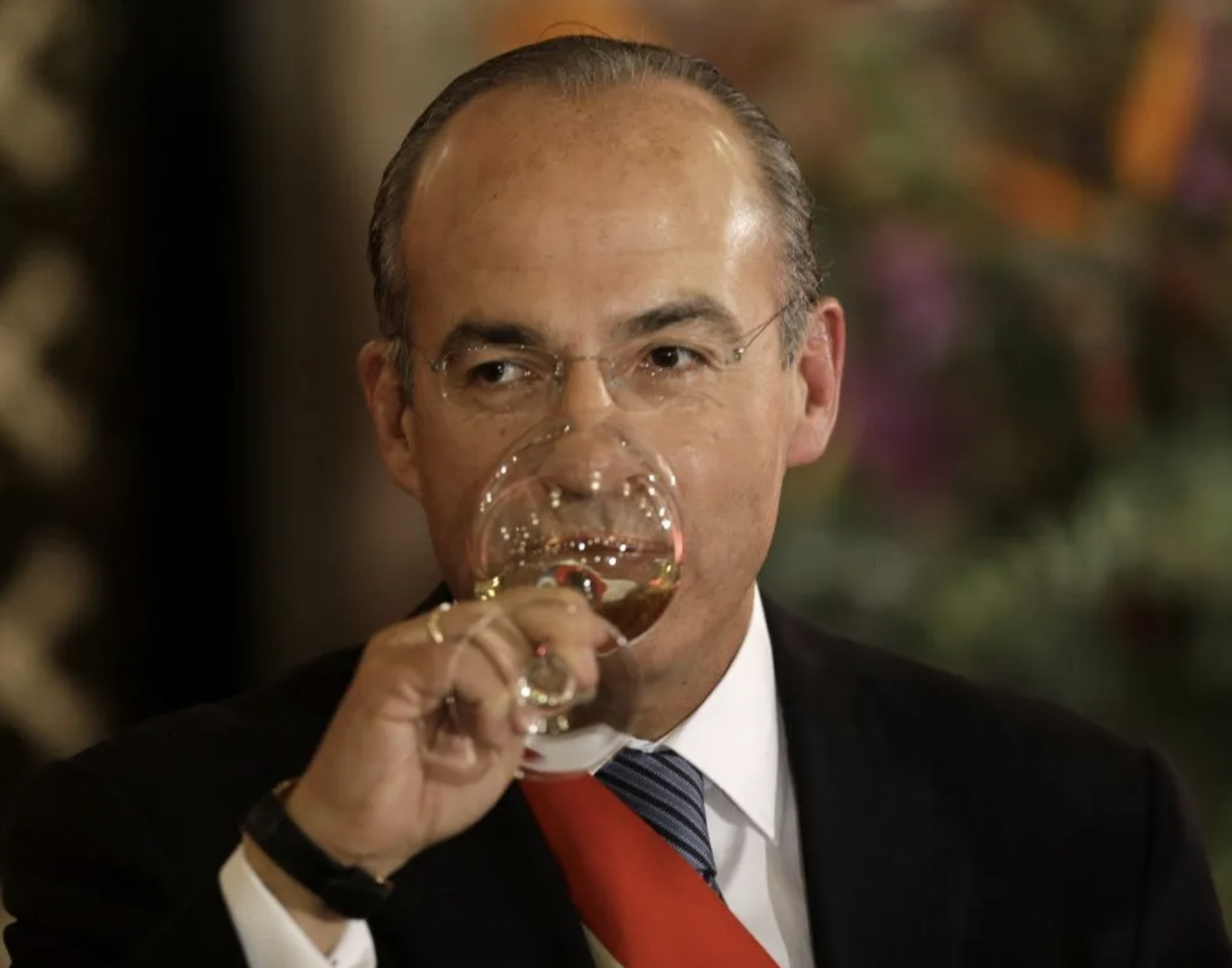
Translated from the story by J. Jesús Esquivel originally published in Proceso.
